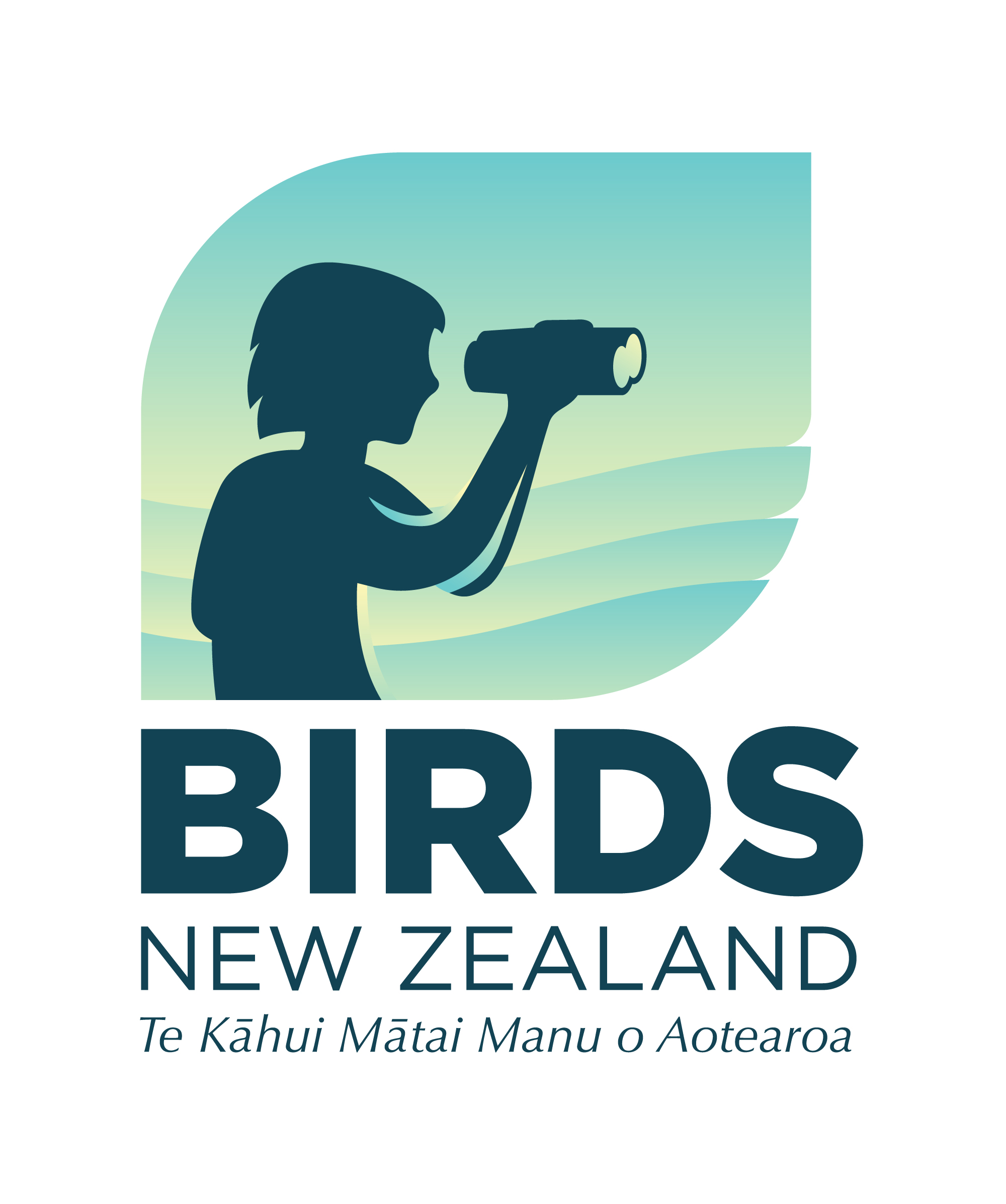Notornis, 69 (2), 99-111
Article Type: Paper
This study assessed how tall mangroves were used by a pair of banded rails (Gallirallus philippensis assimilis) with dependent young during three breeding seasons and the intervening periods. Banded rails were territorial and resident all year, raised their young under the mangrove canopy predominantly in dense pneumatophores, and sub-canopy seedlings and saplings. Foraging rails did not follow the tide as it covered and uncovered the flats. Young less than 20 days old were left in cover and delivered food. Young then followed parents as they strolled throughout the site, swam, flew short distances, and climbed mangroves. Rails bathed in and drank saline water and ate worms and crabs. The dependence period of broods was 45–49 days, and in one season, a young bird stayed within the natal site until it was 59 days old.
